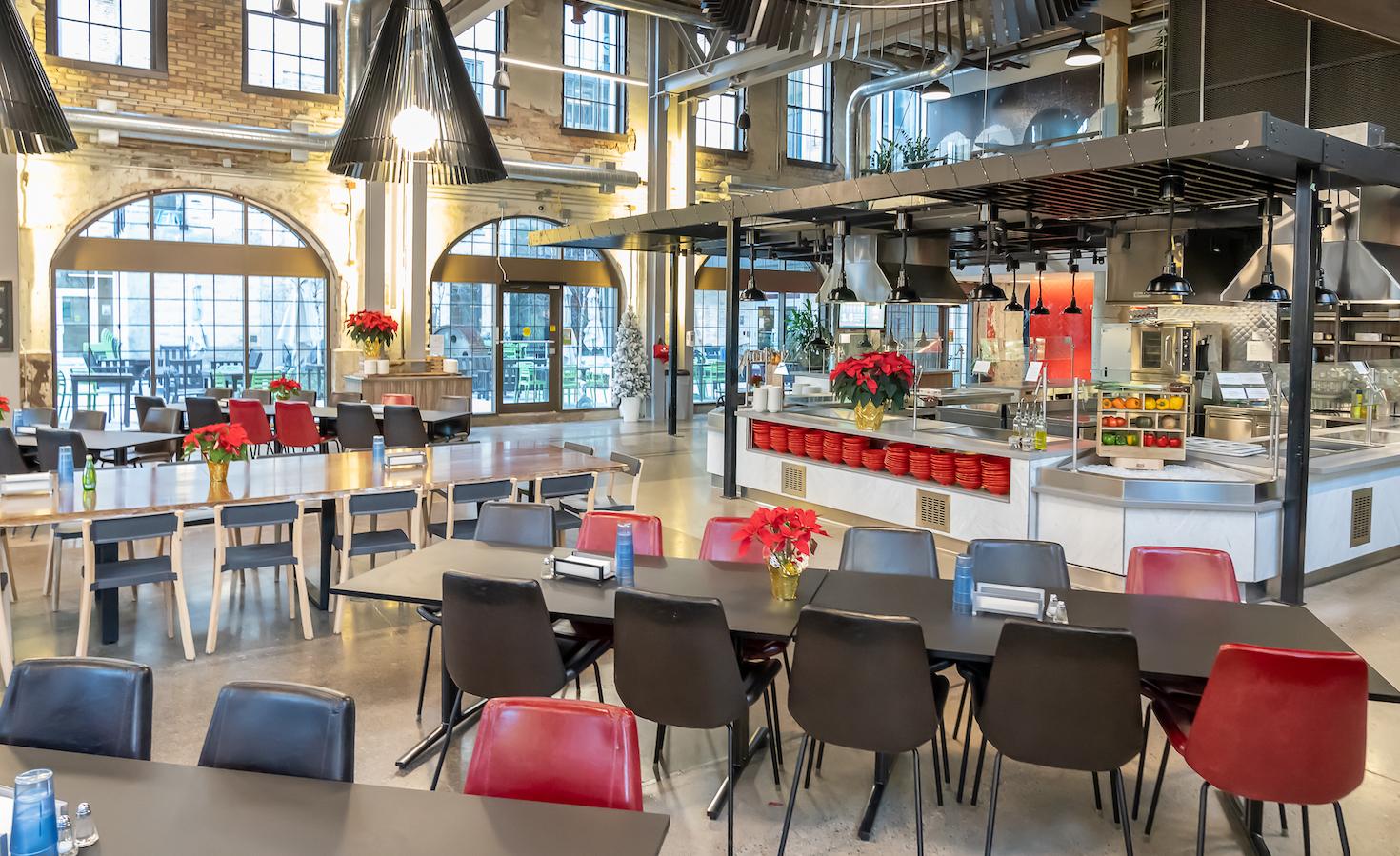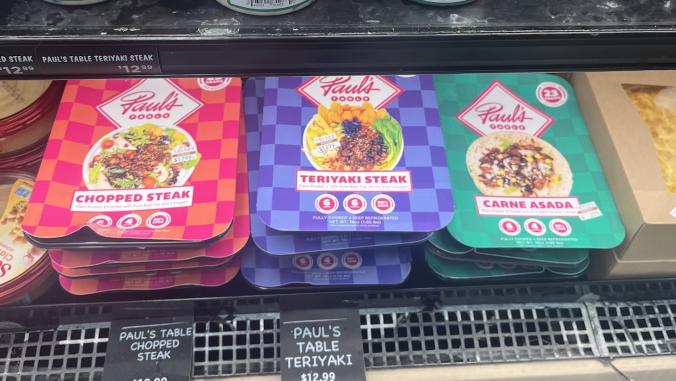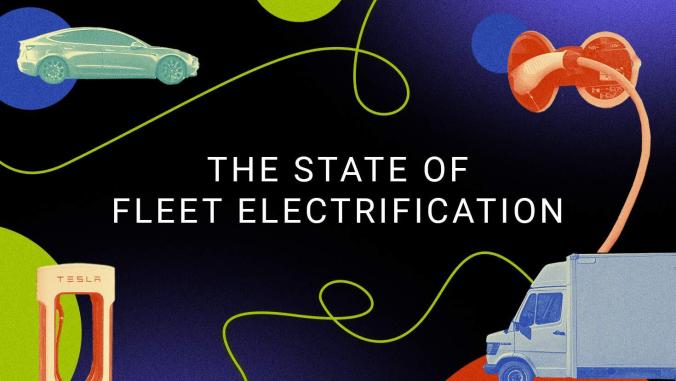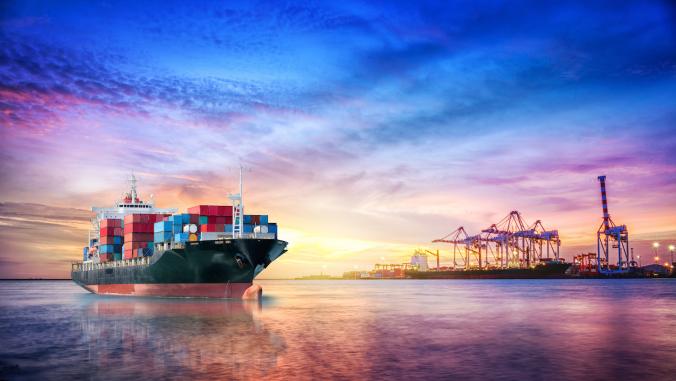Google serves 150,000 lunches to its staff on a good day (in a post-pandemic remote world, the good days are usually Wednesdays). And it has been a leader in dealing with that food in a sustainable way for many years. The company, which joined the Food Waste Action Plan in 2021, has a goal to halve its food waste by 2025 and send zero food waste to landfills by the same date.
Michiel Bakker, head of global workplace programs at the tech giant, came to Google in 2012. He launched the flagship Food@Work program at Google as well as implementing many small changes that have real impact on the company's food loss.
He joined me last week at GreenBiz’s climate tech conference, VERGE 23, to talk about how he has addressed food waste at Google’s 35 cafeterias. Here are five takeaways from our conversation:
1. Consider the tradeoffs
Sometimes decreasing food waste can create other sustainability issues.
Replacing packaged snacks with nuts and dried fruit in bulk, for example, will cut down on single-use plastic but will increase food waste when leftovers get tossed at the end of the day.
Everything has an unintended consequence. Bakker advised testing different things to seek the highest impact with the most palatable tradeoffs.
2. Be careful what you optimize for
Reducing food waste can lead to lousy user experiences. Eliminating leftovers altogether could cause the cafeterias to run out of food before the lunch hour is over.
You have to go to the menu; the menu doesn’t come to you.
At Google, Bakker explained, in order to give latecomers all the menu options while still reducing waste, workers close down all but one buffet line toward the end of the lunch. That way those employees will still have all the options but might have to wait longer than earlier eaters.
3. Try some behavioral psychology
Even the most sustainability-minded consumers are still human, and humans often choose the more convenient or easiest option.
So Bakker tries to work with human behavior, reducing the decision-making burden on his employees. Google’s cafeterias downsized their plates from the standard 11 inches to 9 inches. Most people will fill an entire plate with food no matter the size, so smaller plates lead to less on-plate food waste.
"But people are smart," he said "They started filling the trays with all the goodies."
So Google took away the trays. Which created some issues with accessibility for some handicapped employees — a tradeoff (see point 1).
Similarly, at the espresso machines, Google tries not to have food out nearby so that people don’t just grab something to nosh while they wait for their coffee.
4. Give the illusion of choice
Having lots of different options, such as different menus daily, is great for eaters, but also increases food waste. By narrowing down the scope, the cafeteria staff at Google take advantage of economies of scale and operate more efficiently. Still, employees want choices.
Bakker and his workers offer a handful of options that provide a sense of variety. He also varies the menus across campus: Instead of each cafeteria having all the options, different cafeterias specialize in one item — allowing economies of scale while still giving eaters multiple options.
"You have to go to the menu; the menu doesn’t come to you," he said.
5. You won’t always have the data
Sometimes adjusting for sustainability will make it harder to collect the data to demonstrate that you have actually caused a sustainable change. When Google made the switch from plastic water bottles to water dispensers, he could no longer track how much water employees were drinking.
"We could quantify the number of plastic water bottles that we purchase but you don't track how much water you dispense," he said.
He didn’t know whether employees were actually shifting from the plastic water bottles to tap water, or were drinking more bottles of soda or sparkling water instead.
"We can say we have eliminated all the plastic water bottles," he said. "But I will never be able to prove that I didn't refer people to ultimately what I would call a lesser alternative: sugary drinks."






